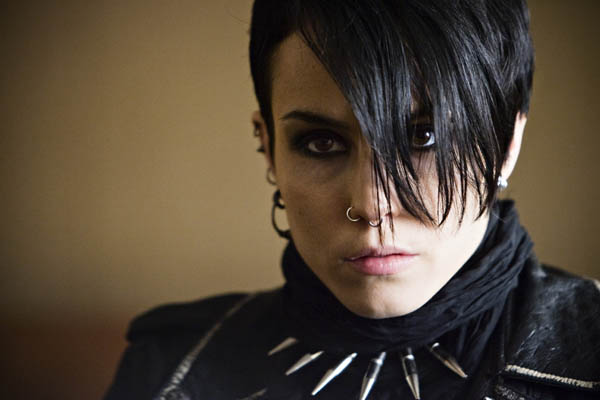The reason for returning isn't simply random, nor is it because I thought to myself 'I must write something just to make my blogs seem active'. Luckily, as I near the end of my university life, one of my Journalism modules requires me to watch a film and review it every week. So I thought I'd use those to reinvigorate this blog, that never really got into a flow of things.
There will be a reoccurring theme of journalists within these reviews, which you would expect from a module titled 'Journalists on the Screen'. So I hope you enjoy, maybe it'll give you some inspiration to watch some of these films that you might normally ignore.
-----------------------------------------------------------------------
The Girl Who Kicked
the Hornet’s Nest
Directed by Daniel Alfredson
Directed by Daniel Alfredson
As with all film trilogies, the trick to a successful final
chapter is to encompass everything from the first two films and tie the story
into a securely fastened knot, leaving the audience happy to have taken their
time to watch all three instalments. Add in the fact that the film is an
adaptation and you have even more expectation to do the novel justice.
Thankfully, fans of the books and films will be pleased with the way this dark,
gritty drama comes to a climax, allowing for a satisfying conclusion to the
story of Lisbeth Salander’s troubled life.
Having directed The
Girl Who Played with Fire, his first worldwide feature film release, Daniel
Alfredson follows up its success with the final adaptation of Stieg Larsson’s
series of novels. However, Box Office figures tell a story – The Girl Who Kicked the Hornet’s Nest
turned over £15 million less than The
Girl Who Played with Fire and a staggering £38 million less than the first
in the trilogy, The Girl with the Dragon
Tattoo.
Unlike in the first two films, the third follows the work of
the journalists as they attempt to uncover the illegal activities of a secret
organisation within the Swedish government. In following the journalists of Millennium magazine, led by editor
Mikael Blomkvist, the film displays thought provoking theories of government
corruption, as well as a unique look at the police and journalists working
together.
Once you get past the TV production feel and the Swedish
subtitles you can appreciate the hard hitting storyline that neatly ties up the
trilogy, making it a must watch for those who have seen the first two films.

No comments:
Post a Comment